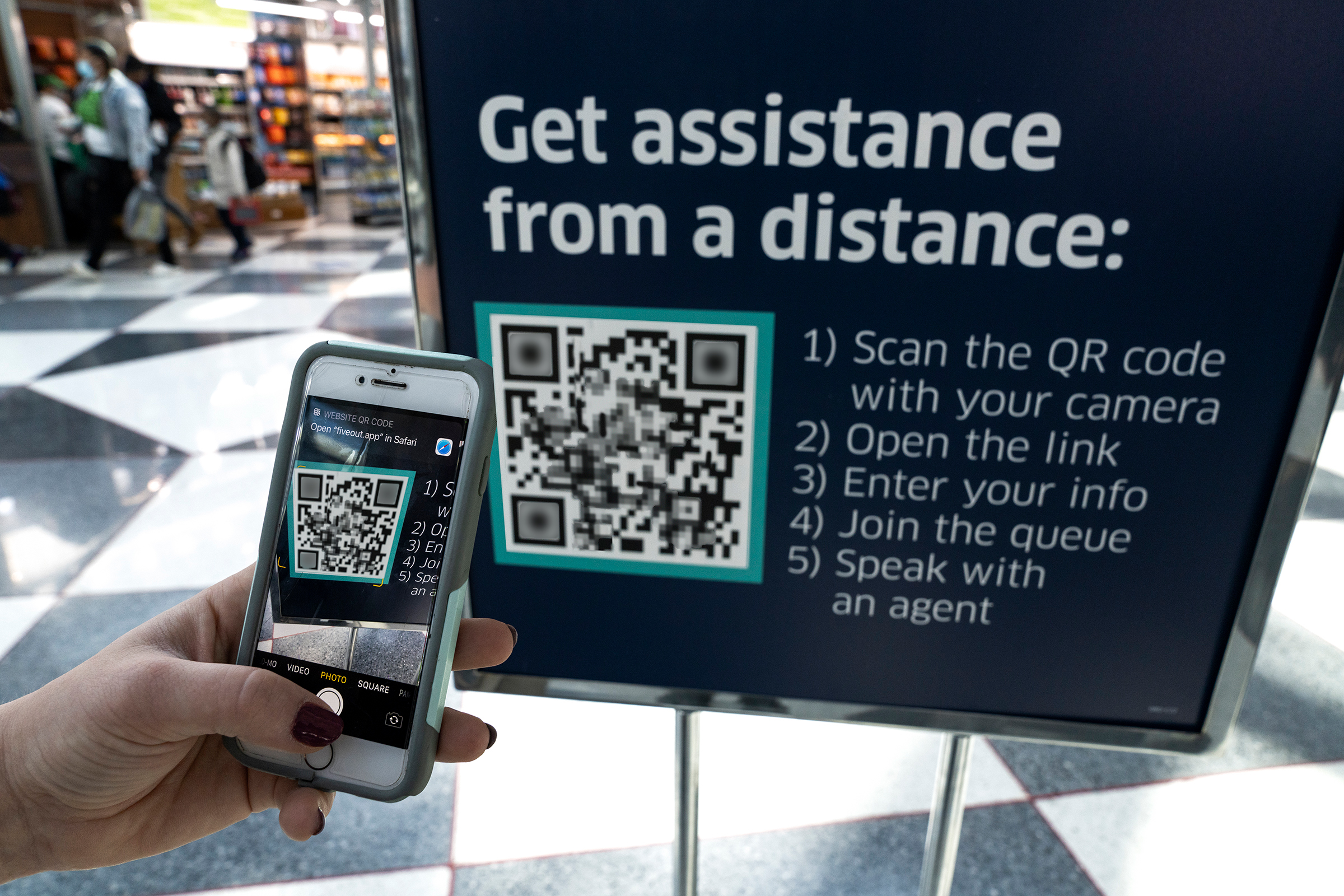
Agent on Demand: Rebooking flow
Introduction and problem
What is Agent on Demand?
Agent on Demand (AOD) is a video chat, text, and call web app service for United customers to connect with a United agent at the airport. This platform is different than the traditional customer service center line because the agents answering calls on AOD are on-site at the airport and have more airport-specific knowledge.
AOD is an escalation point during irregular operations; when a customer’s flight has a delay or is canceled and needs assistance from an agent. It fills in the gaps of agent staffing at airports that either doesn’t have a customer service center or their gate is only manned by one agent. AOD Agents trained from other airports are able to assist customers as well, due to AOD’s online nature. It’s a really great addition to customers’ airport experiences.
The Problem:
Customers need a self-service rebooking flow in AOD in order to self-serve their rebooking needs and easily contact an agent if they need further assistance.
The first iteration of this flow will not be as robust as other rebooking channels because AOD is used primarily as an escalation point and as the rebooking flow performs, the team will add more functionality to the flow. (ie. upgrades, seats, and bags). The design needs to have opportunities for scalability and to add more self-service options.Currently, the app and other United channels do not link to AOD in irregular operations.
Design process
Channel Mapping
United has other channels where customers can rebook, so I wanted to learn from what’s in production to inform my designs. I put the other channels in a side by side flow to show how these designs might match up to the flow I create.
Requirements
My team’s BA prepared requirements for me based them off of the legacy kiosk functionality. I partnered with her to refine them for a mobile-first focus.
First design draft
Based on the requirements given and how the rest of the United channels handle certain functionality, I created a first pass at the flow. My biggest question was if on the “Choose a new flight option” page the customer needed to see their canceled itinerary or if they wanted the room to scroll and see more flight options.
First draft of the rebooking flow designs.
Research
Research objectives and findings:
My research partner collaborated with the product owner, business analyst, and me to create these objectives. We tested this flow on usertesting.com with 12 customers.
Understand the needs of customers when choosing their flight - how much space do they need when there are multiple flight options?
The users all wanted more room to view the flight options on the “Choose a new flight option” page. They wanted the “Original itinerary” to either collapse or be taken out.
Gauge the usability and desirability of the boarding pass email trigger.
The “Send me my boarding pass” flow tested positively, customers wanted the ability to send their boarding pass via email or phone.
Uncover any additional information customers need when they are rebooking their flight.
The customers didn’t have any additional feedback on flight info, but they identified other specific places they wanted to be able to send their boarding pass to themselves.
Final designs
Final designs
This is the first self-service functionality introduced on AOD and was launched in March 2022. The major update to the flow was on the “Choose a new flight option screen”; we took the Original Itinerary out of the page to give more space to the user to see more flight options.
Agent on Demand rebooking flow final designs.
Conclusion
Though the content of a rebooking flow is quite a rudimentary flow for an airline, customers still want access to those self servicing options in the channel they are on.




